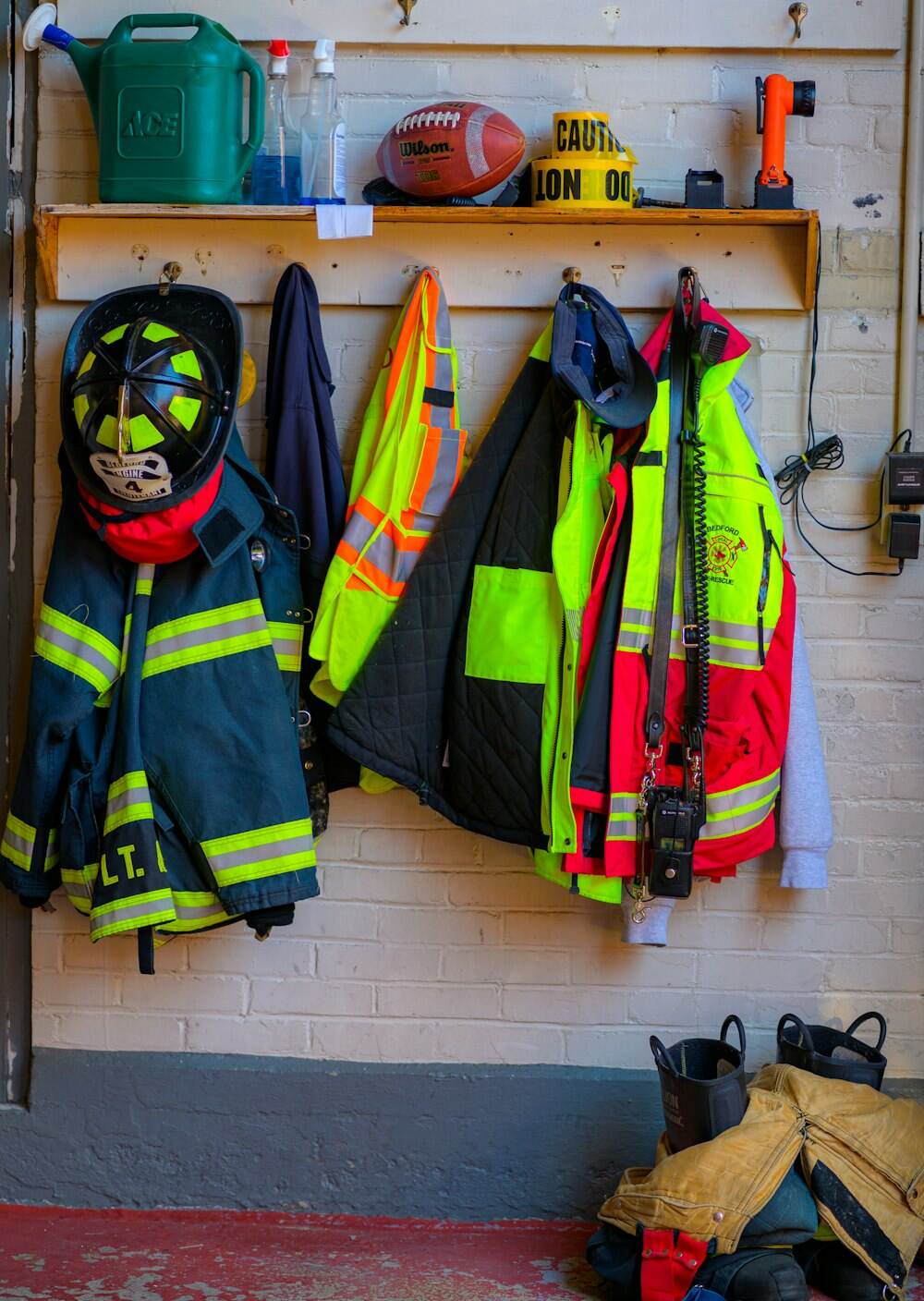Advancements in Multi-layered Protection Fabrics
What are Multi-layered Protection Fabrics?
Textiles consisting several layers of different types of material each with specific function and quality are referred to as multi-layered protection fabrics. Superior levels of protection are provided by these materials through the combining of various layers using sophisticated techniques.
Structural Characteristics of Multi-layered Protection Fabrics
1.Multi-layer Construction: This is the basis for every multi-protection fabrics. Such fabrics usually consist of two or more layers that have been chosen and optimized so as to ensure that they perform intended tasks.
2.Functional Diversity: In a Multi-layered Protection Fabric, each layer has its own use. Flame retardant, waterproof, breathable and chemical resistant properties can be produced on these layers.
3.Enhanced Protection: Better protection capabilities come from having multiple layers in one fabric. The combination effect helps in sealing out foreign harmful elements thus protecting the wearer or any other object being secured.
Applications of Multi-layered Protection Fabrics
1.Firefighting: Firefighters’ apparel is made using multi-protection fabrics due to their heat insulation, flame resistance and breathability properties. They keep firemen safe from extreme temperatures and fire risk.
2.Chemical Industry: Protective clothing including gloves used in personal protective equipment (PPE) must be made out of Multiple-Protection Fabrics since chemicals can’t get into them due to their chemical resistance and waterproof nature respectively.
3.Military Applications: Military sector also relies on Multilayered Protection Fabric greatly; such as its strongness, hardness and ability to protect soldiers under extreme conditions makes it important there.
Future Prospects OF MULTILAYERED PROTECTION FABRICS
Multi-layered Protection Fabrics are still set to grow and evolve in the future given the increasing advancements in technology and safety regulations. Intelligence and sustainability are likely to be the main thrusts of this field’s next steps. By using smart sensors, algorithms, and other state-of-the-art technologies, Multi-layered Protection Fabrics will produce more precise and efficient protection mechanisms. Moreover, incorporating sustainable materials as well as production techniques into it would help in making these fabrics environmentally friendly.
To cap it all up, Multi-layered Protection Fabrics present the future face of protective textiles. Being multi-layered with distinct functional features make them suitable for wide range of applications. Progressing technology coupled with ever-changing safety standards will continue to refine Multi-layered Protection Fabrics ensuring its enhanced protection as well as improved performance across individuals’ lives and industries worldwide.


 EN
EN





































